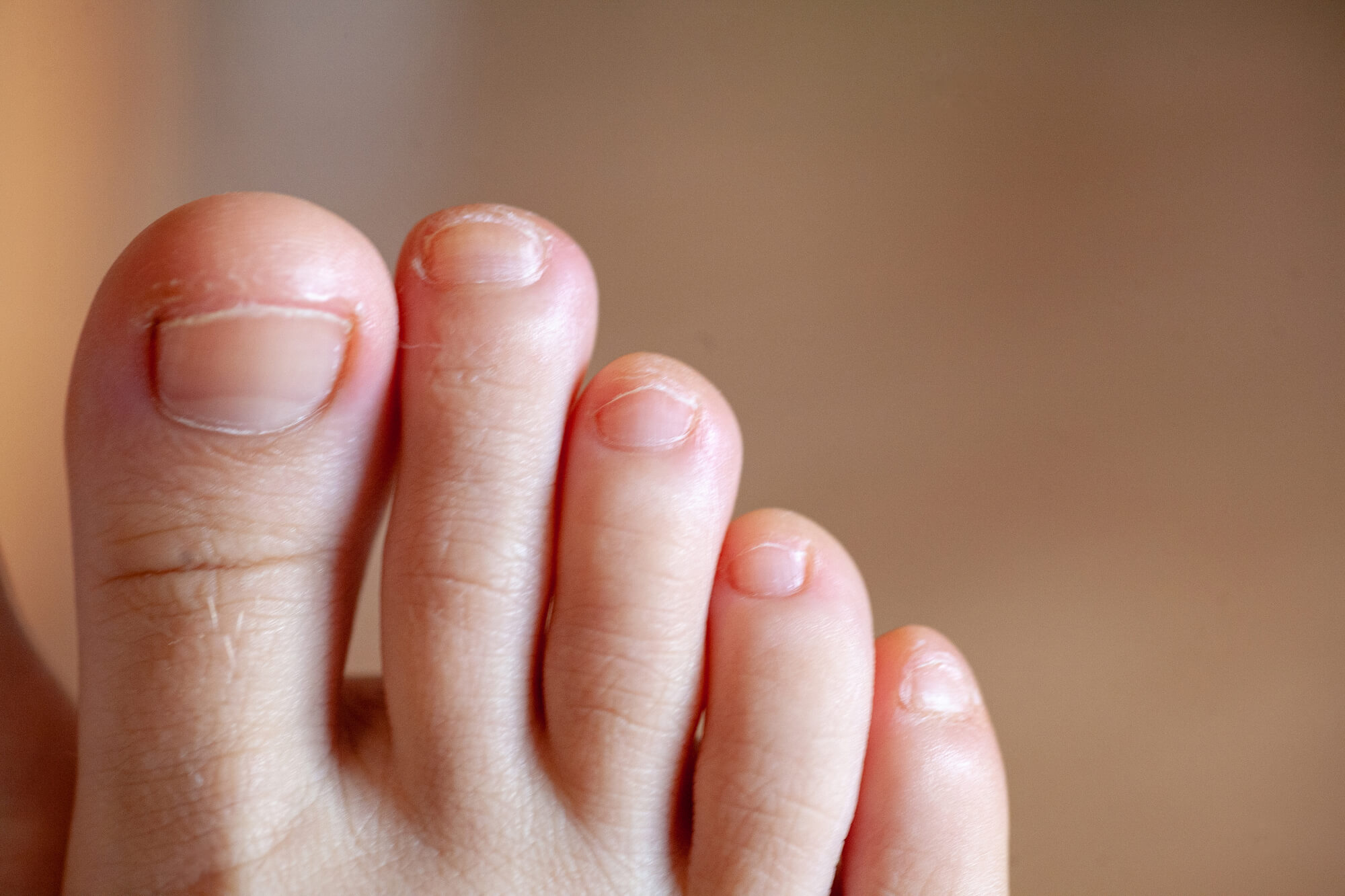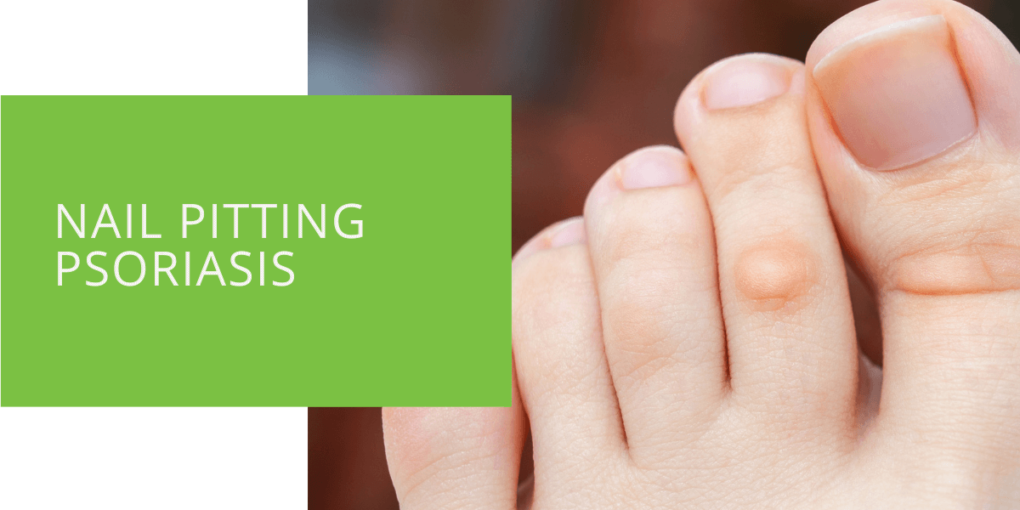Understanding Nail Pitting Psoriasis: Symptoms, Causes, and Treatment
Psoriasis is a chronic autoimmune condition characterized by the rapid growth of skin cells, resulting in red, inflamed patches covered with silvery scales. While psoriasis commonly affects the skin, it can also target the nails, leading to a subtype known as nail psoriasis. This comprehensive guide delves into the intricate details of nail-pitting psoriasis, shedding light on its symptoms, causes, and available treatment options.
Key Takeaways
- Nail psoriasis, a subtype of psoriasis, can cause nail pitting, discoloration, thickening, and other changes that significantly impact the appearance and health of fingernails and toenails.
- While the exact cause of nail psoriasis remains unclear, it is believed to involve genetic predisposition, immune dysregulation, and environmental triggers.
- Treatment options for nail psoriasis include topical medications, phototherapy, oral medications, and self-care strategies, which can help alleviate symptoms and improve the overall health of the nails.
What is Nail Psoriasis?
Nail psoriasis is a subtype of psoriasis that affects the nails, causing symptoms that significantly impact quality of life. While the exact prevalence of nail psoriasis is difficult to determine, studies suggest that up to 50% of individuals with psoriasis may experience nail involvement. One hallmark characteristic of nail psoriasis is nail pitting, where small depressions or pits form on the surface of the nail plate. However, nail psoriasis may present with other nail changes, including discoloration, thickening, and onycholysis (separation of the nail from the nail bed).
Signs of Nail Psoriasis
- Nail Pitting: Small pits or craters on the nail surface
- Discoloration: Yellowish-brown or oil-drop discoloration
- Thickening: Thickened, ridged, or crumbling nails
- Onycholysis: Separation of the nail from the nail bed
- Grooves: Horizontal lines or grooves across the nails
Nail psoriasis may manifest as splinter hemorrhages (tiny blood spots under the nails), subungual hyperkeratosis (thickening skin beneath the nail), or nail plate crumbling. These symptoms can vary in severity and may occur alone or in combination.
How Psoriasis Can Affect Fingernails and Toenails
Psoriasis can affect any part of the body, including the nails. When psoriasis targets the nails, it typically involves the nail matrix—the area where nails grow—and the nail bed. The nail matrix produces new nail cells, while the nail bed nourishes and supports the nail plate. In individuals with nail psoriasis, the normal process of nail growth is disrupted, leading to the development of characteristic nail changes.
Nail psoriasis may also be associated with psoriatic arthritis, a chronic inflammatory condition affecting joints and connective tissues. Up to 80% of individuals with psoriatic arthritis may have nail involvement, making it an important marker for disease severity and progression.
Causes of Nail Psoriasis
The exact cause of nail psoriasis remains elusive, but it is believed to be multifactorial, involving genetic predisposition, immune dysregulation, and environmental triggers. Individuals with a family history of psoriasis or psoriatic arthritis are likelier to develop nail psoriasis. External factors such as trauma to the nails, fungal infections, or repetitive stress on the fingers and toes can exacerbate nail psoriasis and worsen its severity.
Nail psoriasis may develop independently or in conjunction with other forms of psoriasis, such as plaque psoriasis or guttate psoriasis. Certain medications, such as lithium, beta-blockers, or antimalarial drugs, may also trigger or exacerbate nail psoriasis in susceptible individuals.

Treatment for Nail Psoriasis
Managing nail psoriasis requires a comprehensive approach addressing the underlying disease process and the associated nail changes. Treatment options for nail psoriasis may vary depending on the severity of the condition and individual response to therapy.
Medical Approaches
- Topical Treatments: Corticosteroid creams or ointments applied directly to the affected nails can help reduce inflammation and improve symptoms. Other topical agents, such as calcipotriol (a vitamin D analog) or tazarotene (a retinoid), may also be prescribed to normalize nail growth and reduce thickening.
- Phototherapy (Light Therapy): Exposing the affected nails to ultraviolet light can slow down the abnormal growth of skin cells and alleviate nail psoriasis symptoms. Phototherapy may be used alone or with topical treatments for optimal results.
- Oral Medications: In severe cases, oral medications such as methotrexate or cyclosporine may be prescribed to suppress the immune system and reduce inflammation. Biologic drugs, administered via injection, target specific immune system components involved in developing psoriasis and psoriatic arthritis.
Self-Care Strategies
- Nail Care Practices: Keeping the nails trimmed and filed can help prevent further damage and reduce pain associated with nail psoriasis. Avoiding trauma to the nails, such as picking or biting, can also minimize flare-ups and promote healing.
- Lifestyle Modifications: Avoiding triggers such as nail trauma, excessive exposure to water, and harsh chemicals can protect your nails and minimize flare-ups. Wearing gloves when performing activities that may damage the nails, such as gardening or washing dishes, can also help protect the nails from injury.
It's essential to consult a dermatologist or podiatrist for an accurate diagnosis and appropriate treatment plan. While over-the-counter products may provide temporary relief, they may not address the underlying cause of nail psoriasis or prevent its recurrence. With proper management and care, individuals with nail psoriasis can improve the health and appearance of their nails and maintain a better quality of life.
Conclusion
Nail psoriasis can significantly impact the health and appearance of fingernails and toenails, causing discomfort and embarrassment for those affected. At ePodiatrists, we understand the challenges posed by nail psoriasis and offer specialized care and expertise to help individuals manage their condition effectively. If you're experiencing symptoms of nail psoriasis, don't hesitate to schedule an appointment with our experienced dermatologists. Together, we can develop a personalized treatment plan to restore the health and beauty of your nails.

